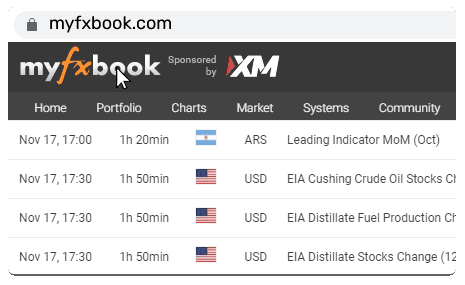Currency Challenges in Denmark and Switzerland Pharma's Impact

Currency dynamics, whether through pegs, currency boards, or exchange-rate targets, rarely captivate the attention of FX markets unless there's a hint of abandonment. While most emerging markets have abandoned such mechanisms, recent years have witnessed notable incidents in developed markets. Surplus nations' central banks, like those of Switzerland and the Czech Republic, have aimed to curb currency appreciation through unconventional monetary policies. Despite these instances, revisiting such approaches seems unlikely unless faced with extreme circumstances.
In a departure from the norm, the Danish krone has become a focal point due to unique developments. The extraordinary success of a pharmaceutical company and the resulting demand for its products have led to significant distortions in the local economy, impacting monetary and fiscal policies. Notably, the market capitalization of this pharmaceutical giant surpasses Denmark's GDP. The Danish government acknowledges the need to segregate the pharmaceutical sector from the broader economy, mirroring Norway's separation of onshore and offshore economies due to the outsized influence of its energy industry.
Without the pharmaceutical industry, Denmark's industrial production would have experienced annualized contraction throughout 2023. Despite robust economic indicators, the Danish krone could be considered a minor safe-haven currency, with potential valuation losses from its currency board with the euro. However, recognizing pharmaceutical sales as a sustainable source of current account amplification may lead to a re-rating of the currency, potentially resulting in a higher real effective exchange rate (REER).
It's important to clarify that the scrutiny is not directed at the currency board itself, nor does it question the continuity of Denmark's FX policy. However, the fixed nominal effective exchange rate limits operational freedom, requiring the Danish National bank and the government to implement robust policies to prevent the economy from overheating.
Drawing inspiration from Switzerland's experience may provide insights for Copenhagen. While less high-profile than Denmark, the Swiss franc is also influenced by its pharmaceutical sector. The industry, though employing only a fraction of the workforce, contributes significantly to Swiss GDP and trade balances. The flexible exchange rate allows Switzerland to navigate external yield and risk environments more effectively, preventing onshore accumulation of savings during adverse conditions.
Both Denmark and Switzerland face challenges from their dependence on the US as the largest non-European export market for pharmaceutical products. The burgeoning pharmaceutical-related surpluses could draw political attention, especially considering global trends toward trade barriers and potential border-adjustment taxes on manufactured goods destined for the US.
While celebrating the pharmaceutical prowess of Denmark and Switzerland, it's crucial to acknowledge the potential monetary side effects and political complications. Governments and monetary authorities in both countries will need to carefully balance their policies to prevent distortions from causing serious damage to their economies in the ever-evolving global landscape.
Insights Inspired by BNY Mellon: Credit to Their Analysis for Shaping Some Aspects of This Text
This content may have been written by a third party. ACY makes no representation or warranty and assumes no liability as to the accuracy or completeness of the information provided, nor any loss arising from any investment based on a recommendation, forecast or other information supplied by any third-party. This content is information only, and does not constitute financial, investment or other advice on which you can rely.



















